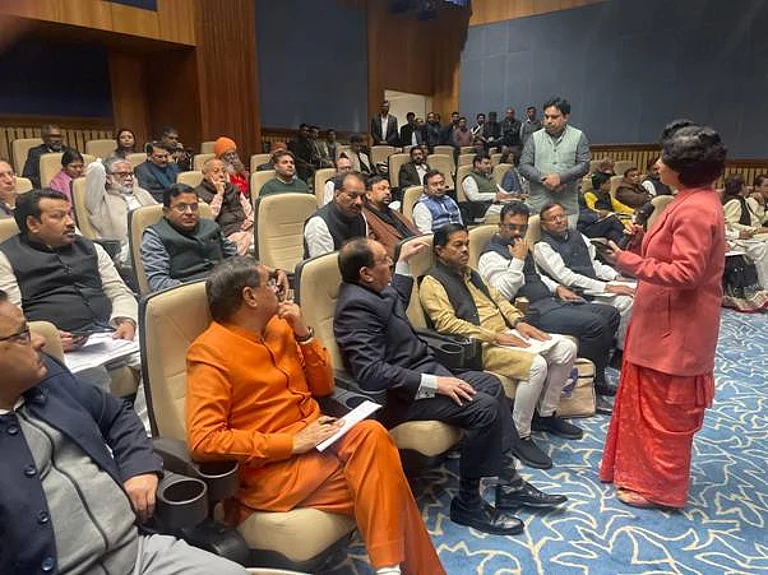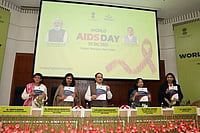The World Health Organization (WHO) will mark World No Tobacco Day on 31 May 2026, with a powerful new campaign to take on the tobacco industry head‑on. The campaign “Unmasking the appeal – countering nicotine and tobacco addiction,” will counter the tobacco and nicotine industry’s ongoing attempts to recruit a new generation of users
The campaign seeks to expose the sophisticated marketing strategies deployed by the industry, particularly those designed to lure children and adolescents, even as global public health efforts have significantly reduced tobacco use over recent decades.
Despite progress, WHO warns that the industry continues to repackage addiction as innovation, aggressively promoting e-cigarettes, nicotine pouches, synthetic nicotine, and other emerging products that often escape regulatory scrutiny.
“Young people are being targeted by design,” said Vinayak M Prasad, Head of the WHO’s No Tobacco Unit. “Flavours, slick packaging, and deceptive marketing are being used to make highly addictive and harmful products seem fashionable.”
Recent data underscore the urgency of the issue. At least 40 million children aged 13–15 worldwide are currently using some form of tobacco, with 20 million smoking cigarettes and 10 million using smokeless tobacco. Furthermore, at least 15 million adolescents in the same age group are already using e-cigarettes. In India, nearly 3600 people die every day due to tobacco use.
In countries where data is available, children are nine times more likely than adults to vape, suggesting a dramatic shift in addiction patterns that public health systems are struggling to address.
India’s Global Youth Tobacco Survey 2019 found that the prevalence of tobacco among school going children aged between 13-15 years was 8.4%. Disconcertingly, the survey findings show that even before celebrating their seventh birthday, 11.4% children start smoking cigarettes, 17.2% starting smoking bidi and 24% start using smokeless tobacco products like gutkha, khaini, zarda.
Nicotine contained in tobacco is highly addictive and tobacco use is a major risk factor for cardiovascular and respiratory diseases, over 20 different types of cancer, and many other debilitating health conditions. Tobacco and nicotine products, sold in any form, are addictive and cause diseases and death.
The WHO has emphasised that many of these products—often sold in fruit or candy flavours, and packaged to resemble gadgets, toys, or cosmetics—are designed to appeal specifically to youth. Additionally, social media has emerged as a major vector for marketing, with industry-sponsored content increasingly positioning nicotine products within youth-oriented spaces like music festivals, fashion events, and sports collaborations.
A research published in 2024 found that nearly 90% of Instagram posts from tobacco industry-owned accounts lacked fully compliant health warnings. A 2025 case study of BAT’s Vuse brand revealed active promotion on Instagram through its ‘Vuse Worldwide’ account, including branding tie-ups with the McLaren Formula 1 team and other youth-focused content.
Besides launching a targeted campaign, the WHO also aims to push for stronger regulatory measures, including ban on flavouring agents, advertising (particularly on social and digital media), and manipulative packaging designs that enhance product appeal.
Empowering young people and communities with knowledge and resources to resist marketing influence and access evidence-based cessation tools, will also be the part of the campaign.
The campaign also calls for greater international cooperation in closing policy gaps and enforcing comprehensive tobacco control measures, especially in countries with growing markets for new nicotine products.
Health experts have expressed concern that without immediate policy action, the global community risks reversing decades of public health gains. The introduction and rapid spread of next-generation nicotine products are seen not only as a challenge to regulation, but also as a strategic effort by tobacco companies to maintain profitability under the guise of innovation.
“This is not simply a health issue—it is a generational threat,” said Prasad. “Governments must act urgently to protect youth and ensure that public health policies are not undermined by commercial interests.”
























